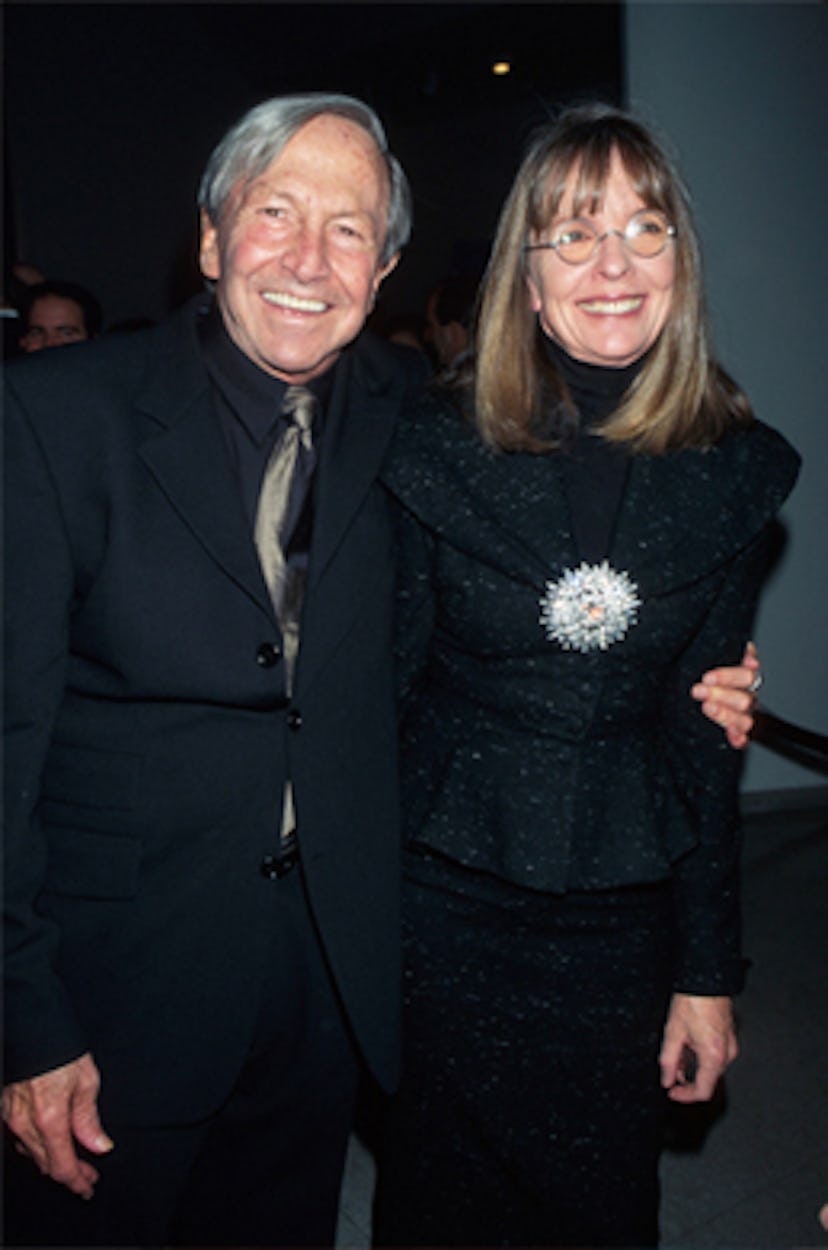Remembering Rauschenberg
I received one of those dreaded phone calls this morning, the kind where you know from the tone of the caller's "hello" that someone died. In this case, the news was about Bob Rauschenberg—the groundbreaking...

I received one of those dreaded phone calls this morning, the kind where you know from the tone of the caller’s “hello” that someone died. In this case, the news was about Bob Rauschenberg—the groundbreaking artist who helped forge a new direction when New York was still consumed with Abstract Expressionism—who passed away Monday night at the age of 82. I remember seeing Rauschenberg five years ago at an opening of an exhibition of his work at PaceWildenstein on East 57th Street. He was a prolific artist and had been the honoree at scores of such events over the decades. But that didn’t stop other grandees from turning out to pay him homage. Chuck Close was there, and so was Meryl Streep. Rauschenberg, already ailing and using a wheelchair, received each admirer with his trademark broad smile. Close once told me he’d tried to make a portrait of Rauschenberg frowning, or at least not looking quite so giddy, but it didn’t work; he simply couldn’t paint the man looking anything other than happy.
Not to indulge in too much psycho-babble, I couldn’t help but suspect the smile belied a rather hefty dose of pain. When I interviewed Rauschenberg eight years ago in his Greenwich Village building for a profile in this magazine, he revealed that even after he’d reached the pinnacle of the art world, he still couldn’t win his parents’ approval. Once when a hurricane was coming, Rauschenberg’s mother boarded up the windows of her house with his paintings—facing inside. When he asked why, she told him, “You think I want the neighbors to know what you do?”
At one point in our leisurely chat, during which he downed a supersize vodka, I asked whether he missed performance art, since he had been one of its pioneers. “No,” he responded, “because we’re all performing.” When I, somewhat densely, failed to grasp his meaning, he added, “You’re performing now.”
Rauschenberg seemed acutely aware that day of his mortality, repeatedly noting that time was a frustratingly finite material. I asked if he planned to finish his visual autobiography, 1/4 Mile or 2 Furlong Piece, which he’d begun in 1981. “Well, yeah, one day,” he said with a hearty laugh. “If you get my drift.”
Read Julie L. Belcove’s profile of Robert Rauschenberg from our September 2000 issue.
Rauschenberg and Diane Keaton in 1997 Photo by Marsaili McGrath/Getty Images